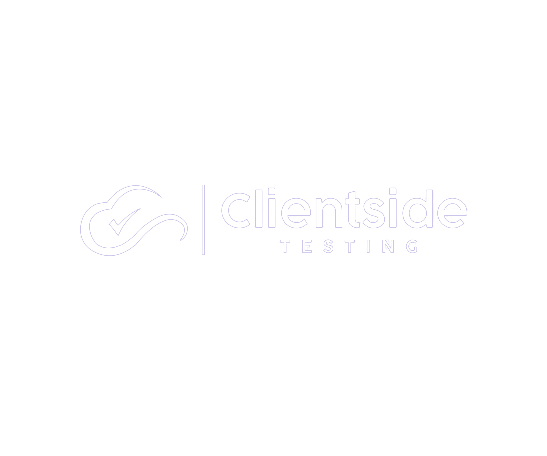Workday® Student: A Beginner’s Guide.

Are you new to Workday® Student? Explore the basics of Workday® Student, its key features, and how it transforms student learning experiences.
Workday® Student is a cloud-based student information system designed to streamline administrative processes, improve data accuracy, and enhance the overall student experience in higher education institutions. It offers a comprehensive suite of tools and functionalities tailored to meet the unique needs of colleges and universities.
Key Features & Modules:
Workday® Student comprises several modules that cover various aspects of student lifecycle management:
- Student Records: Manage student profiles, academic records, enrolment history, and demographic information in a centralised system.
- Academic Advising: Facilitate academic planning, course selection, and degree progress tracking to support student success.
- Registration & Enrolment: Simplify course registration, enrolment management, and waitlist processing for students and administrators alike.
- Financial Aid: Streamline the financial aid process, including application submission, awarding, disbursement, and compliance reporting.
- Billing & Payments: Handle student billing, invoicing, payment processing, and financial account management seamlessly.
- Student Lifecycle Events: Automate workflows for key events such as admissions, orientation, academic probation, graduation, and alumni relations.
Benefits Of Workday® Student:
- Enhanced User Experience: Workday® Student offers a modern, intuitive interface that improves usability for students, faculty, and staff.
- Integrated Data: Centralised data management ensures consistency, accuracy, and real-time access to information across departments.
- Streamlined Processes: Automated workflows and self-service capabilities reduce manual effort, administrative burden, and processing time.
- Data-driven Insights: Robust reporting and analytics tools empower institutions to make informed decisions and drive continuous improvement.
- Scalability & Flexibility: Workday® offers a cloud-based platform that provides scalability and flexibility to adapt to evolving institutional needs and regulatory requirements.
Software Updates:
Workday® regularly releases updates and enhancements to its solutions to provide customers with new features, improved functionality, and enhanced user experiences. These releases often include:
- New Features: Introduce innovative features and functionalities to enhance productivity, efficiency, and user satisfaction.
- Enhancements: Improve existing features and modules based on customer feedback, industry trends, and technological advancements.
- Bug Fixes: Address any reported issues or bugs to ensure system stability, reliability, and security.
- Compliance Updates: Incorporate regulatory changes, compliance requirements, and best practices to help customers stay compliant and mitigate risks.
How We Help:
Client side testing plays a crucial role in ensuring the successful implementation and ongoing operation of Workday® solutions. By partnering with experienced testing service providers like us, companies benefit from advisory, consulting, and managed release testing services that help maximise the value of their Workday® investments.
- Advisory Services: Experienced testing providers offer strategic advisory services to help companies develop comprehensive testing strategies, define testing objectives, and identify key areas of focus to ensure successful Workday® implementations.
- Consulting Services: Testing providers offer consulting services to assist companies in designing, executing, and managing testing activities throughout the Workday® lifecycle. This includes test planning, test case development, test execution, defect management, and reporting.
- Managed Release Testing Services: Testing providers offer managed release testing services to help companies prepare for Workday® releases and updates. This includes analysing release notes, assessing impact on existing configurations, performing regression testing, and validating new features and functionalities.
If you’re new to Workday® Student, here are some tips to help you get started:
- Training & Resources: Take advantage of training sessions, online tutorials, and user guides provided by Workday® to familiarise yourself with the system.
- Collaboration & Support: Connect with colleagues, join user communities, and leverage support and resources provided by Workday® to gain insights and seek assistance.
- Hands-on Practice: Dive into the system, explore different modules, and practice using various features in a sandbox environment to gain hands-on experience.
- Continuous Learning: Stay updated on new releases, feature enhancements, and best practices through Workday® release notes, webinars, and community forums.
Conclusion:
Workday® Student is a powerful platform that revolutionises student information systems in higher education. By leveraging its advanced features and capabilities, institutions can streamline administrative processes, enhance student services, and drive institutional success. With this beginner’s guide, you’re well-equipped to embark on your journey with Workday® Student and unlock its full potential for your institution’s success.
Whether you’re an administrator, faculty member, or student, Workday® Student offers a user-friendly, integrated solution that transforms the way we manage student information and support student success in higher education.




